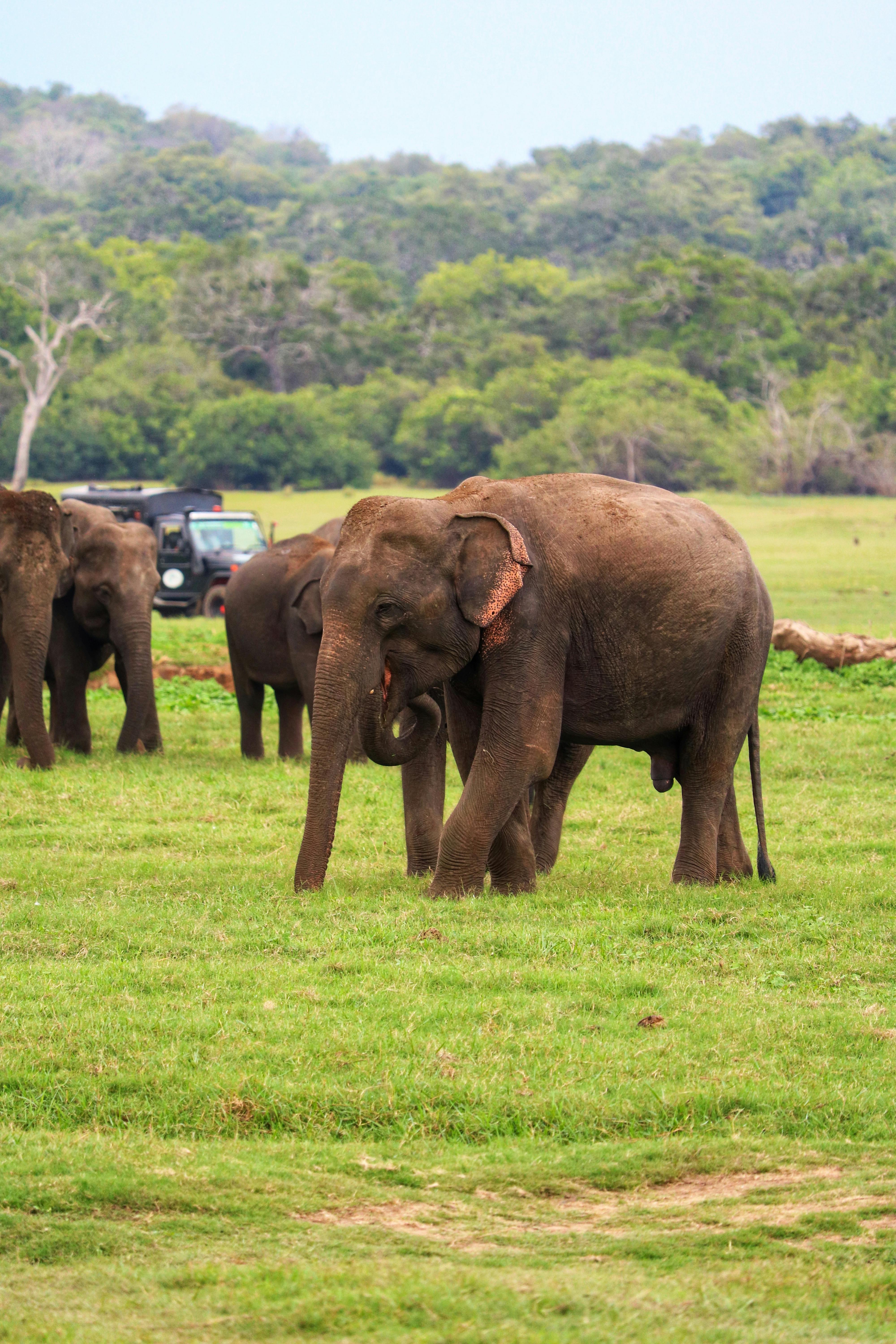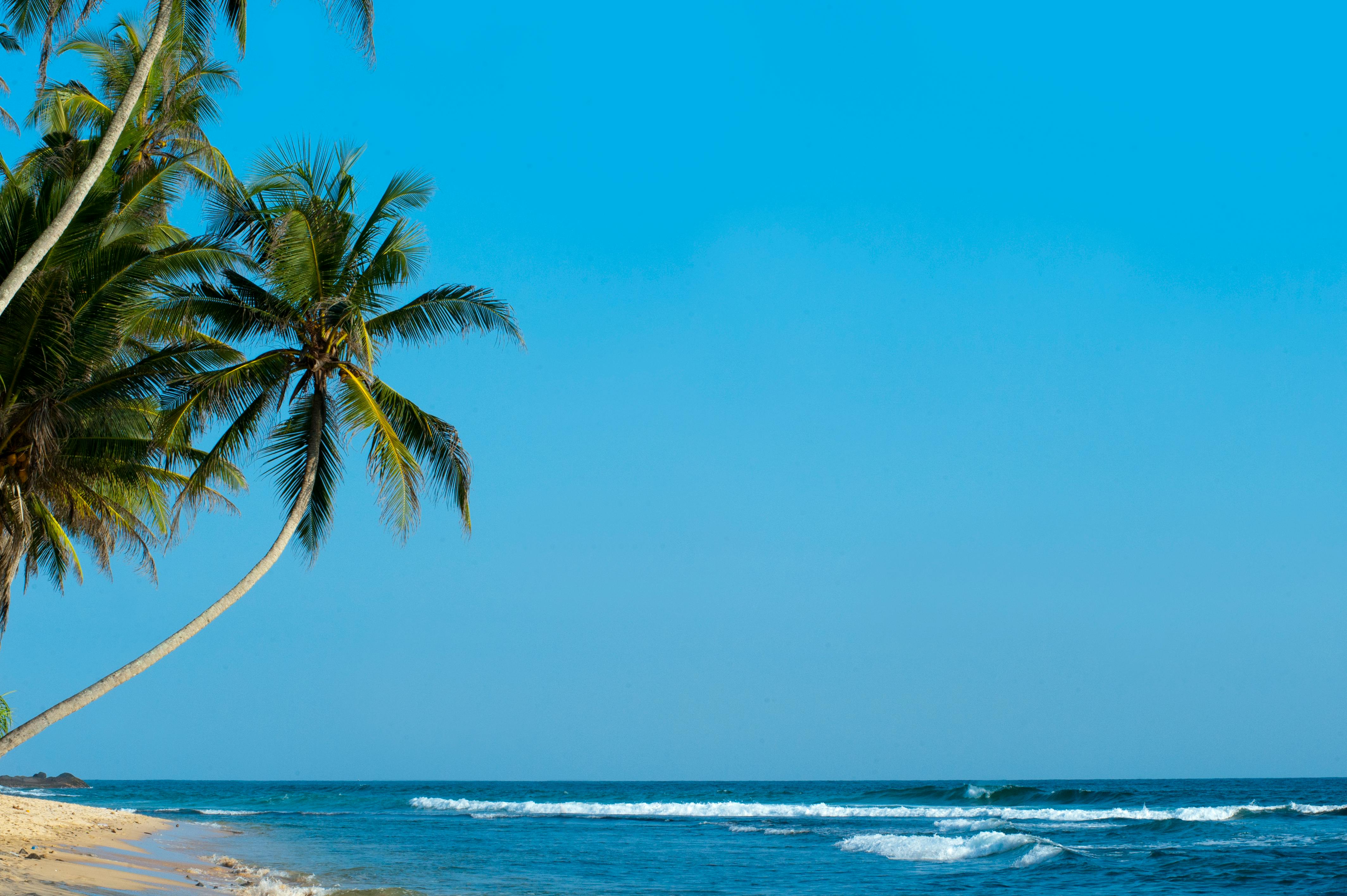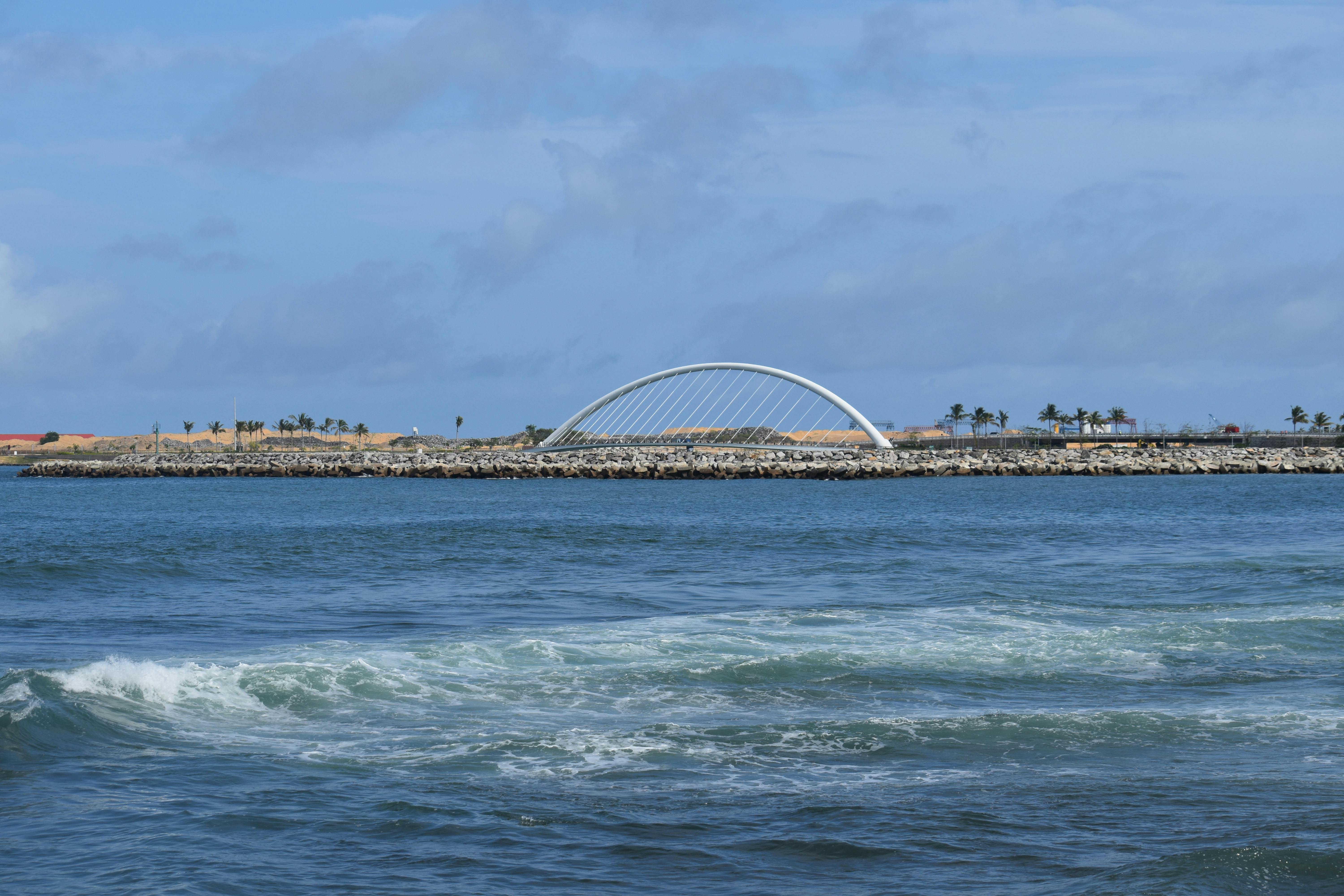Kaudulla Lake(කව්ඩුල්ල වැව)
197 kilometres (122 miles) separate the island of Sri Lanka's major metropolis, Colombo, from Kaudulla National Park. It became the fifteenth national park on the island when it was declared a national park on April 1, 2002. Over 10,000 visitors visited the National Park during the 2004–2005 season, bringing in Rs. 100,000 from admission fees.BirdLife International has designated Kaudulla as an Important Bird Area, together with Minneriya and Girithale.
In the past, King Mahasen constructed 16 irrigation tanks, including Kaudulla.After being abandoned for a while, it was rebuilt in 1959. Large mammals, fish, and reptiles are among the many plant and animal species that currently call it home.
Rainfall from the northeast monsoon contributes to the region's 1,500–2,000 millimetres (59–79 in) of yearly precipitation.April through October is a dry season.20.6 °C (69.1 °F) to 34.5 °C (94.1 °F) is the temperature range. The wet season is ideal for the growth of many plant and grass species, and the park's abundance of food and water, even during the dry season, draws many herbivorous creatures.
The park's vegetation represents the dry evergreen forests of Sri Lanka.The tank area is surrounded by chena cultivation and grasslands.The Kaudulla tank's phytoplankton community includes blue green algae, Microcystis spp., and diatoms like Melosira spp. The predominant tree species in the forest surrounding the tank are Manilkara hexandra, Chloroxylon swietenia, and Vitex altissima. In some places, there are a lot of bushes like Randia dumetorum, Calotropis gigantea, and grasses like Imperata cylindrica and Panicum maximum.
24 mammal species, 25 reptilian species, 26 fish species, and 160 bird species are among the faunal species found in the park.
The Minneriya tank is where Sri Lankan elephants go to drink and forage during dry spells. The elephants relocate to the Kaudulla tank in September in pursuit of additional food and water.The number of elephants in the dry zone increased despite the growing conflict between humans and elephants, and as recently as 2008, 211 individuals were counted in Kaudulla.
Other creatures in the park include sloth bears, wild boars, chevrotains, Sri Lankan axis deer, sambar deer, and leopard. According to reports, the grey, thin loris can also be seen in Sri Lanka's Kaudulla National Park.Since a two-month-old albino Sri Lankan axis deer calf was found abandoned by its mother, Kaudulla is thought to be the only national park in Sri Lanka with albino axis deer.
The Kaudulla tank is visited by large water birds including spot-billed pelicans and lesser adjutants. Oreochromis mossambicus is one of the freshwater fish species in the tank. The National Park is home to the unique Sri Lankan amphibian, Fejervarya pulla.Notable reptiles include freshwater turtles, Indian flap-shelled turtles, and Indian black turtles.


